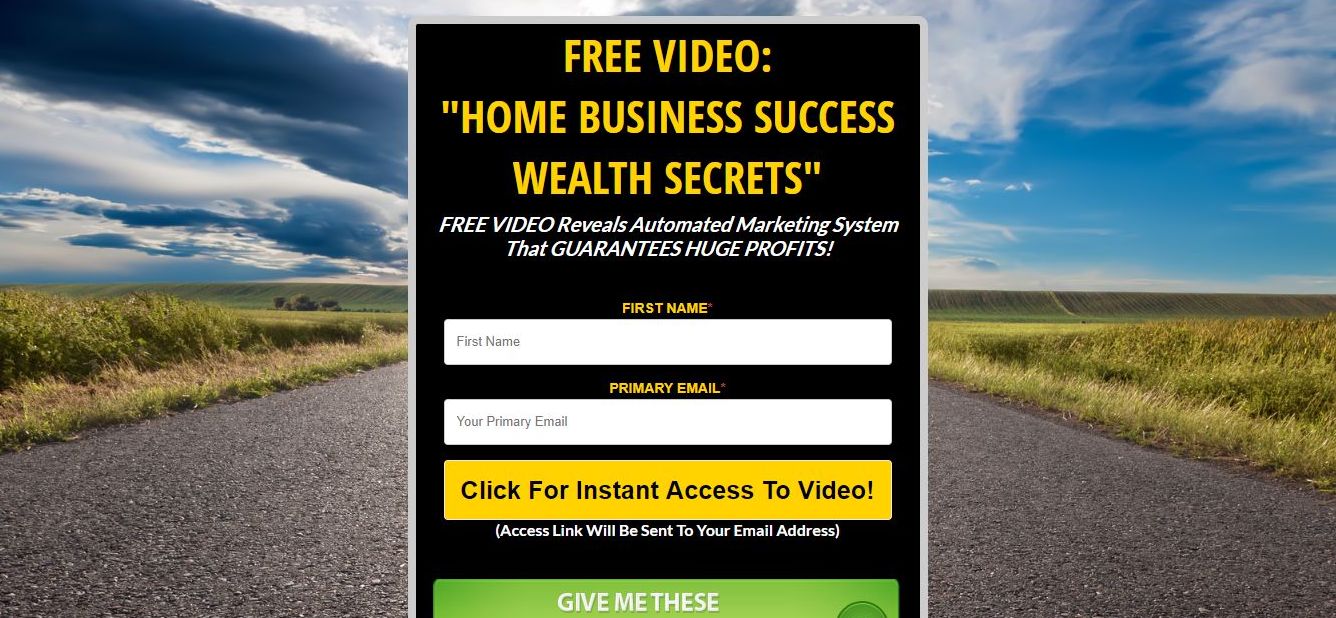Another way to utilize your talent and business skills is to run corporate workshops online. Businesses are always looking for unique ways to help educate their workforce, and if you can package your talents into a day or half-day long session, you can sell that to companies all over the world to make money online. Start by building a portfolio and then reaching out on LinkedIn to influencers at relevant companies to see if they would be interested in you teaching their team.
Just be sure to put a lot of care into your product listings. Everything from the titles you use, to how effective the description is at convincing potential buyers your product is better than the rest, and even taking care to shoot high quality product photos can have a dramatic impact on your sales. I recommend using photo editing tools like Fotor, which gives you the ability to edit your images, create captivating graphic designs and more.
Starting a podcast, like making a YouTube channel or blog, comes down to telling interesting stories and building an engaged audience. I’m probably sounding like a broken record by now, but you need a niche that you’re interested in and there’s already a demand for. Come up with a list of topics you’d like to talk about and then search iTunes charts, Google Trends and other podcast research sites like cast.market to see what’s currently out there and popular.
Domain name trading has been around for the last couple decades, and while most slam-dunk names have long been sold off, there’s still plenty of others that you can get your hands on for relatively cheap and broker as a way to make money online. Before you dive in, however, beware that some experts doubt the long-term viability of this idea for making money online. However, there’s always the chance you might just land on a lucrative domain name for a future billion-dollar company. To get you started, here are some tips from GoDaddy, arguably the world’s largest and most famous repository of domain names.
Please note that some of the links below are affiliate links and at no additional cost to you, I will earn a commission. Know that I only recommend products, tools and learning resources I've personally used and believe are genuinely helpful, not because of the small commissions I make if you decide to purchase them. Most of all, I would never advocate for buying something that you can't afford or that you're not yet ready to implement.
And while it will take time to build up a big-enough audience to attract advertisers and other ways to make extra income from your podcast, the opportunity is there. John Lee Dumas interviews entrepreneurs seven days a week for his podcast Entrepreneur on Fire and now makes more than $200,000 a month from it. In fact, John publishes all his income online and showed that he’s made almost $13 million since launching in 2012.
If you upload photos of yourself, or friends/family with consent, it's worth going for the 'rights managed' licence option – otherwise you'll have little to no control over how your images are used (eg, you could star in an ad for haemorrhoid cream). See Alamy's page on understanding stock image licensing for more on the different types of licences.
Just be sure to put a lot of care into your product listings. Everything from the titles you use, to how effective the description is at convincing potential buyers your product is better than the rest, and even taking care to shoot high quality product photos can have a dramatic impact on your sales. I recommend using photo editing tools like Fotor, which gives you the ability to edit your images, create captivating graphic designs and more.
With drop shipping, you’re effectively partnering with a manufacturer or wholesaler to sell their products. This way, you don’t pay upfront costs to buy inventory, aren’t sitting on unsold items taking up expensive warehouse space, and don’t have to deal with shipping the products yourself. You simply create your site, fill it with drop shippable products, and drive in customers, with almost everything else done for you.
5. Fiverr – Fiverr is a great place to make a few bucks or spend a few bucks if you need some of the services people offer. Basically, everything is $5. You either pay $5 or charge $5. They call them “gigs.” You can offer your services however you choose. If you sell art and you’re fine selling pieces for $5 each, that’s a gig. If you’re a graphic designer and you want to offer your services for $10/hour, simply offer a 30 minute gig. If they need two hours of graphic design, they pay you $20, or $10/hour by buying four gigs.
There are many ways to get people onto your list. Lead magnets are one such resource. For example, you can build ebooks, checklists and cheat sheets. But you can also do content upgrades, such as PDF versions of an article with added resources in them, four-part video training series, and more. Think about your audience and what you can offer them to better serve them, then treat them with some respect and you'll eventually reap the rewards.
Teaching and tutoring English as a second language is a great way to make money online, not to mention open some doors for you to travel the world if you'd like. While full ESL (English as a Second Language) accreditation is recommended, as long as you’re a native speaker and have the ability to teach, there are people in countries such as Hong Kong or the UAE who are willing to pay upwards of $25/hr for you to tutor them English via Skype. Check out Indeed, Learn4Good and Remote.co for remote english tutoring jobs or sign up on a specialized site like VerbalPlanet or Chegg Tutors.
The best part about being a YouTube Partner is that it’s free to join (although there are a few requirements but more on that later) and once you become a Partner and enable ads, you don’t have to do a single thing. Google Adsense will take care of everything for you. All you need to do is create quality videos and promote them so you can get more views.
Create a killer course experience: With your course validated and in the works, you need to figure out how people will take it. Most course creators choose to host their courses (after going down the path of learning how to make a website) on their own blogs. This way, they get all the value of bringing customers back to their site on a regular basis. I host my own courses from a subdomain on my own site so I can easily add more. The course experience is incredibly important as well. And after trying most of the solutions, I highly recommend Teachable—an online platform designed specifically for courses.

